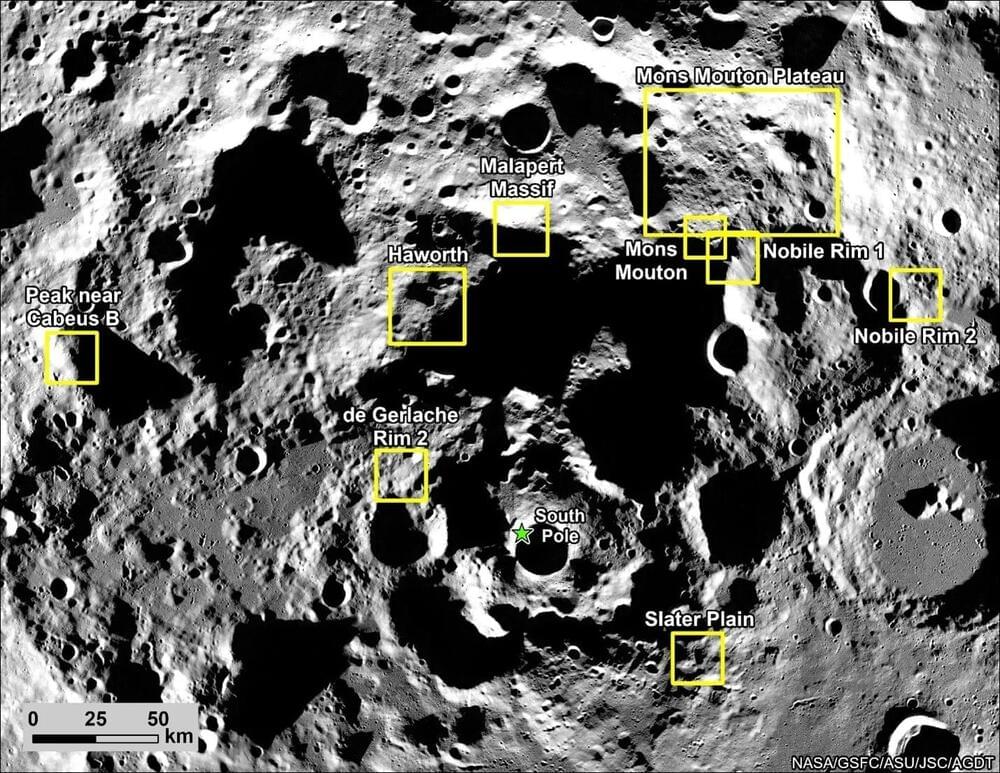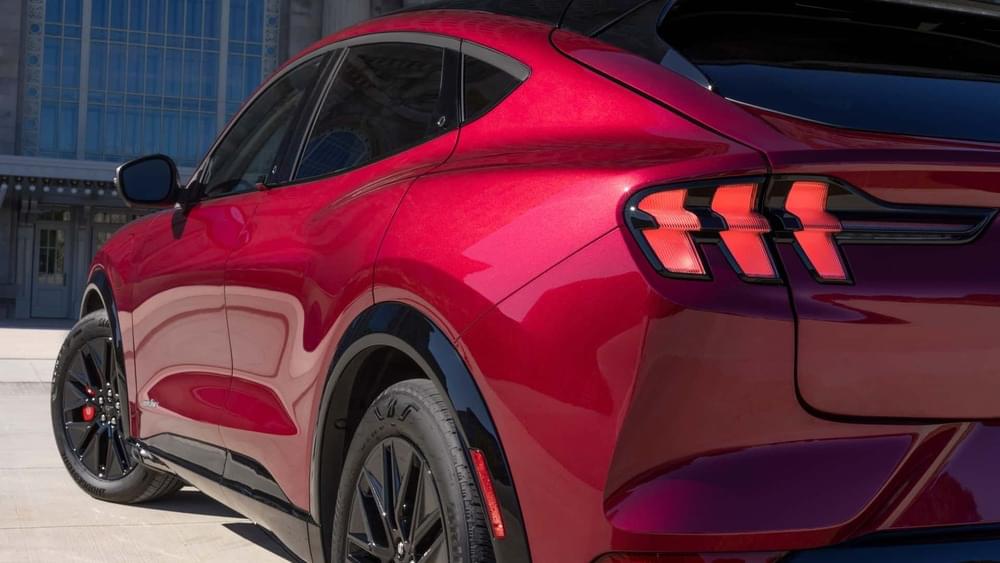Nov 3, 2024
After signal loss, Voyager 1 reconnected with Earth using retro transmitter not used since 1981
Posted by Omuterema Akhahenda in categories: energy, space
Voyager 1 reconnected with Earth using a backup transmitter inactive for over 40 years.
NASA’s Voyager 1 probe, the most distant human-made object, briefly lost contact with Earth between Oct. 19 and Oct. 24 due to an unexpected shutdown of its main radio transmitter. This signal loss occurred after a command sent to power one of Voyager’s heaters unintentionally triggered the probe’s fault protection system. As a safeguard, the fault protection system automatically powers down non-essential functions when the spacecraft detects an overdraw of its power supply or other malfunctions. Engineers have since reestablished contact through Voyager 1’s backup S-band transmitter, which hadn’t been used since 1981.


















